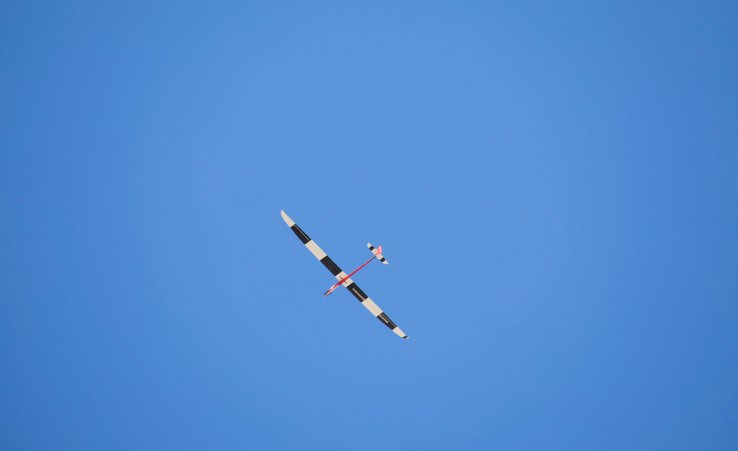

Microsoft wants to build autonomous tech for aircraft that require little to no power to fly. It just completed tests in the Nevada desert of gliders equipped with self-guidance systems that help them track regions of rising hot air and predict their movement, with the aim of staying up in the air for as long as possible.
These tests showed that Microsoft’s system for riding the wind holds a lot of promise; the New York Times reports that the test vehicles worked, proving out the predictive math that researchers developed to help the drones make educated guesses about where thermals would appear in future. They fell a bit short of their ultimate aim, however, which was to break the record for time spent in air during one flight by a ‘sailplane,’ another name for a glider aircraft.
That record stands at over five hours, but Microsoft’s test team fell short of that goal after two days of testing, owing in part to issues with equipment. The tests still proved that they’re on the right track with their approach to autonomous flight, with a system that can effectively deal with one of the biggest challenges when it comes to uncrewed flight: Uncertainty.
While weather systems can be predicted with some degree of accuracy, including thermal updrafts, it’s far from a sure thing. No amount of pre-mapping and route planning can completely anticipate changes in air circulation. Gliders with autonomous flight systems therefore have to be able to make predictions on the fly about where the next upward hot air current will appear, so that they can jump from one to the next to maintain altitude.
Dealing with uncertainty could have applications beyond gliders, of course, so effective tools to deal with one scenario could have applications in other realms, too. Plus, Microsoft’s work in keeping uncrewed, low-power aircraft up and flying could have big impact on any plans to deliver internet to underserved areas from on high, monitor ground conditions and weather patterns in real-time, and more.
Featured Image: John Brecher/Microsoft

